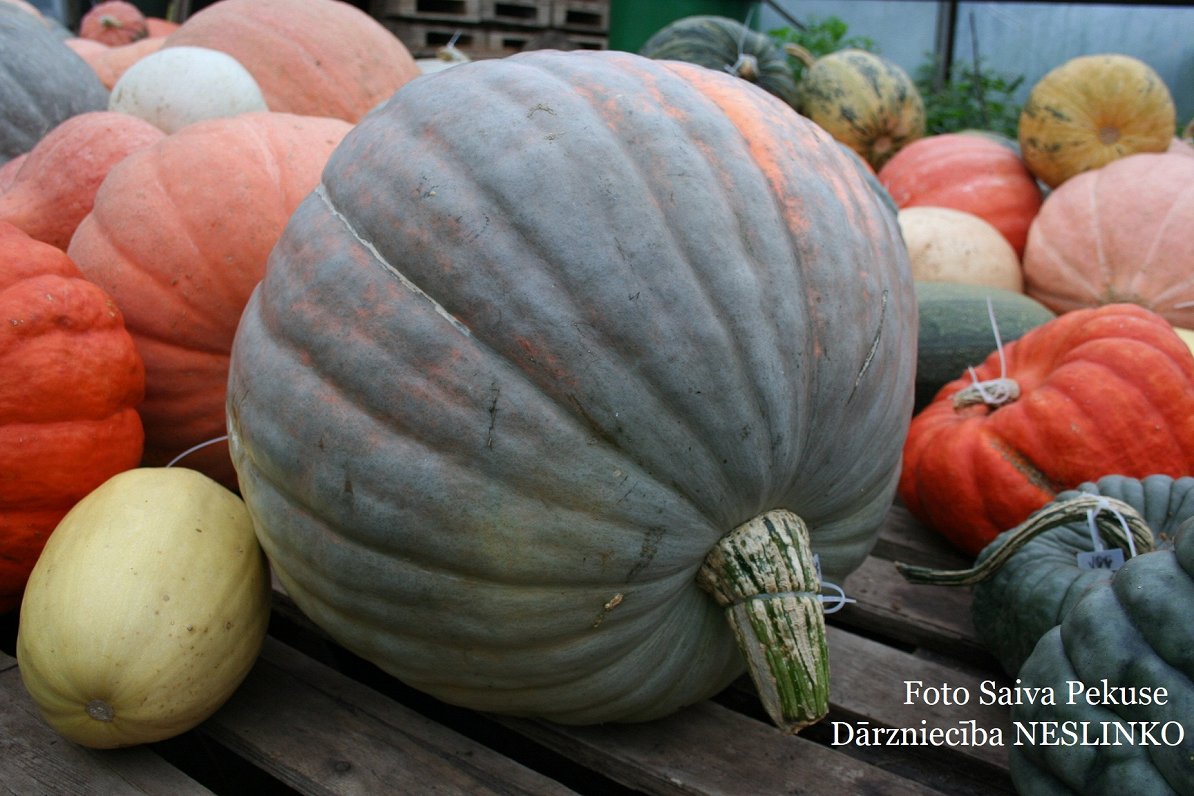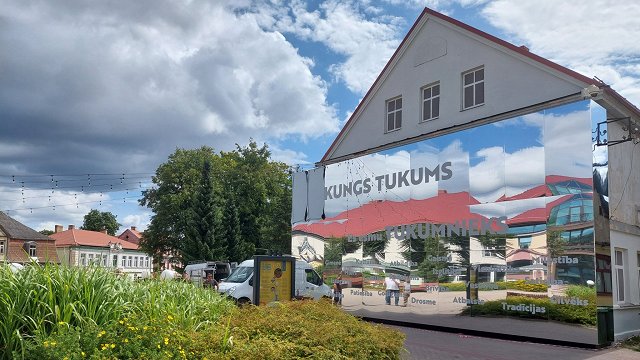Interestingly enough, gourds are sometimes used to make music instruments. Latvian folk ensembles sometimes use such self-made instruments, obtained by thoroughly drying the gourds, and the skin can easily be colored to add a personal touch.
The Āraiši lake dwelling site has archeological testimonies of the use of squash in Latvia since ancient times, but local popularity of this autumn treat has really taken off within the past twenty years, perhaps due to pumpkin exhibitions held at the Latvian Museum of Natural History. This annual exhibition has been held from 1999 and offers the public to become acquainted with different varieties of squash, doing much to lift the perception that squash is fodder.
A series of plant wonders
Latvians like to think they are more in tune with the seasons than most. With that in mind, we'll be guiding you through the next few months with this series on the plants you can encounter from autumn onwards.
Growing pumpkins in Latvia is rather easy. It prefers sunny places and humous soil. It is, however, ill advised to plant it in the compost heap as in this case it may grow meaty leaves but a meager harvest.
The largest pumpkin ever grown in Latvia was registered in Latvia, weighing in at 574 kg. It was grown in Kuldīga, central Latvia, by squash aficianado Luīze Neimane. One can grow larger exemplars using seeds from a great pumpkin berry. While growers are understandably wary of disclosing their secrets, its known that using lots of fertilizer and watering the pumpkins with milk can bring results.
Saiva Pekuse turned to growing pumpkins five years ago, before that she was more of a hobbyist. She has experimented by growing untraditional varieties, proving that one can grow pretty much everything pumpkin-wise hereabouts and amassing a sizable collection as a result. She has tried about 120 varieties with 40 of those assuming a fixed place in her collection. Pekuse has also authored the Latvian Centenary Pumpkin variety, which she started selecting ten years ago, with the new variety becoming stable about four years ago.
There are enthusiasts in Latvia that still cultivate the ancient varieties coming from different cultural regions, seeing as these varieties have been handed from one generation to the next. Not many people in Latvia dare to try their hand at breeding pumpkins, as these plants are freely pollinated and intermingle easily. Bees can carry pollen to other plants at a distance of half a kilometer.



























